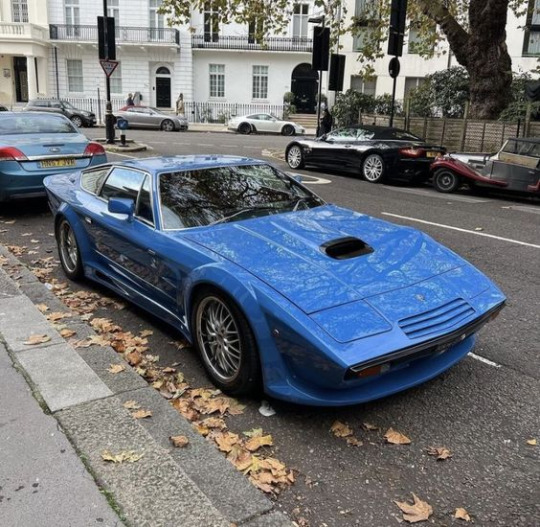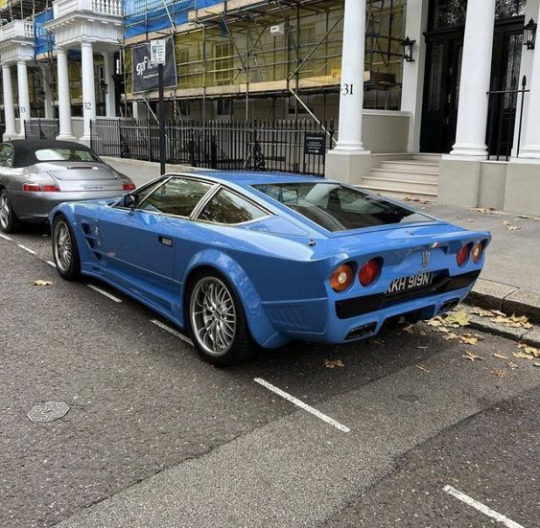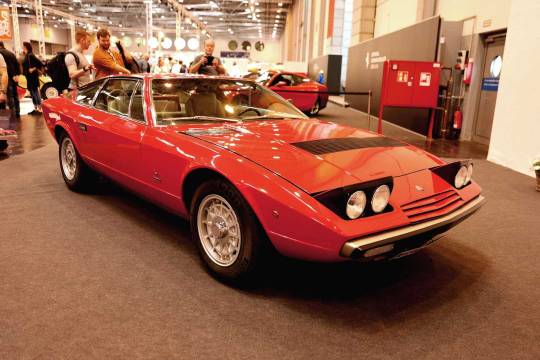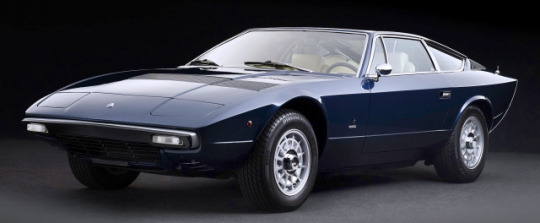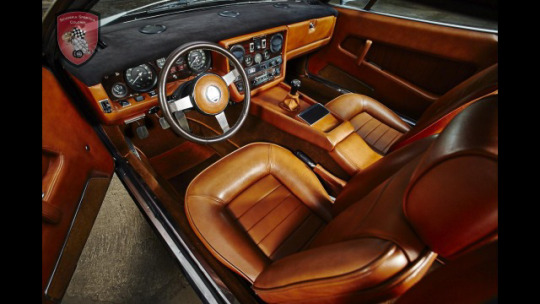#Maserati Khamsin
Explore tagged Tumblr posts
Text
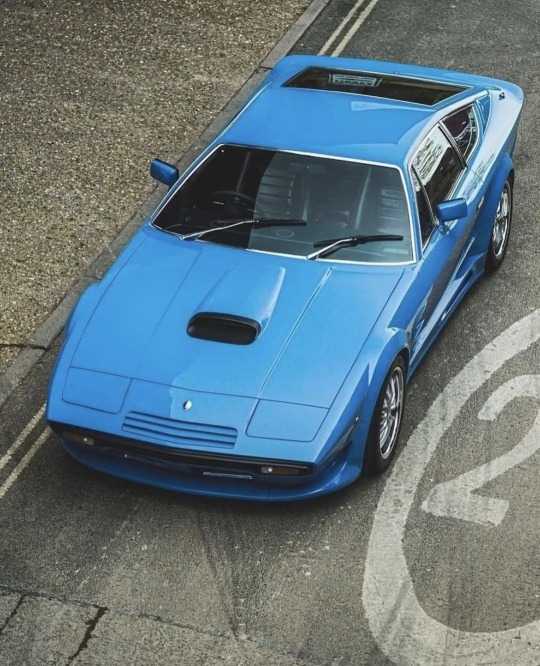
Photo: rwc photo
#maserati#khamsin#Maserati khamsin#exotic car#supercar#sportscar#racecar#muscle car#muscle cars#musclecar#musclecars#classic#aesthetic#aesthetics#classic car#vintage#vintage car#car#cars#luxury car#aes#hypercar
252 notes
·
View notes
Text
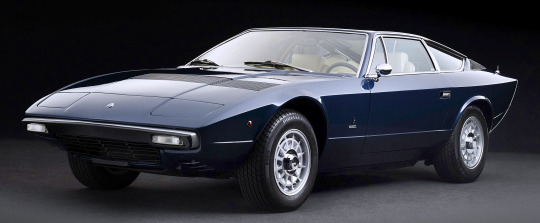


Geneva ‘73 - 50 Years on Maserati Khamsin, 1973, by Bertone. The Khamsin had been shown as a concept car at the Turin Motor Show in November 1972 but Bertone choose the 43rd Geneva Motor Show in March 1973 to display the production version
#Maserati#Maserati Khamsin#Bertone#Geneva Motor Show#Geneva 73#1973#50 years ago#wedge design#marcello gandini
222 notes
·
View notes
Photo


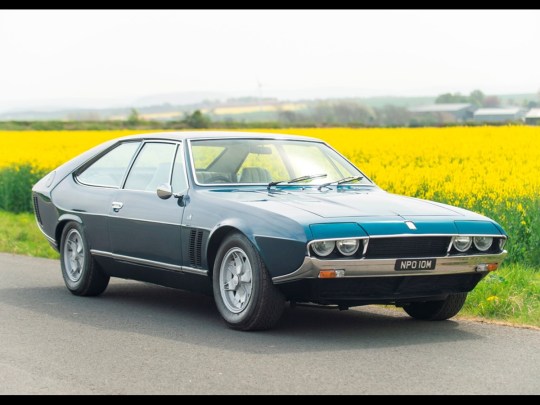
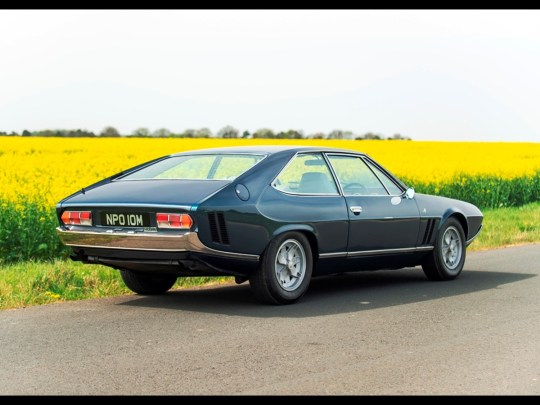

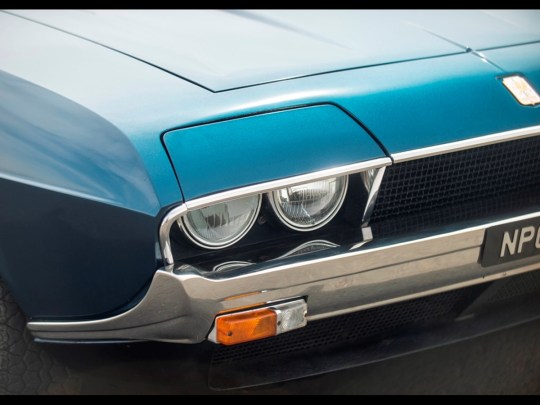


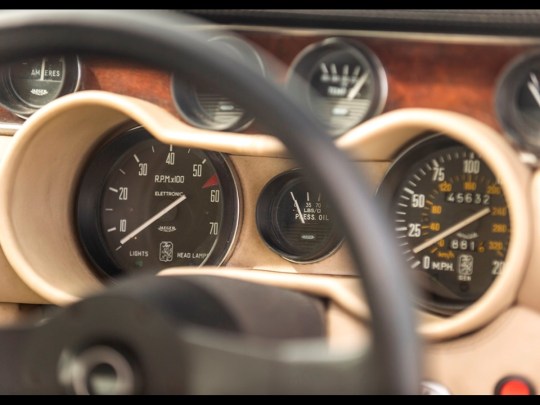
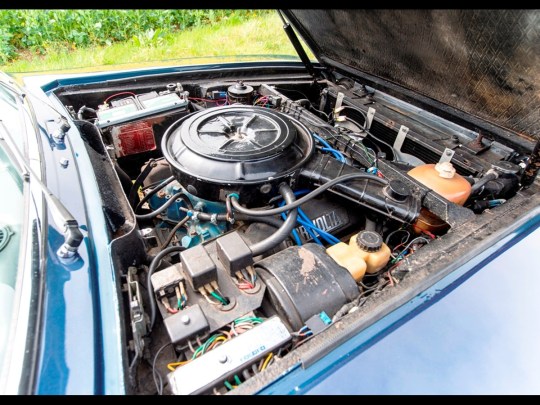
ISO Rivolta Lele Coupé
Manufacturers of the Isetta Bubble Car, Iso, joined the ranks of supercar constructors in 1962 with the launch of the Giotto Bizzarrini-designed Rivolta Coupé at the Turin Motor Show. The Iso Rivolta Lele, named after Lele Rivolta, the wife of Piero Rivolta (son of Iso company founder Renzo) was manufactured between 1969 and 1974. Marchello Gandini, who also designed the Lamborghini Miura, Countach and Maserati Khamsin, penned the design. The Lele, being a 2+2 seater, filled the gap between the Grifo and the Fidia and shared its powertrain, a V8 engine with automatic gearbox, from General Motors. In 1972 the GM engine was replaced with a Ford automatic gearbox and Cleveland 5,762cc, V8 engine giving 325bhp.
#ISO Rivolta Lele Coupé#Piero Rivolta#Lamborghini Miura#Countach#Maserati Khamsin#Grifo#Fidia#General Motors#Ford
73 notes
·
View notes
Photo
Maserati Khamsin

Institute of Hygiene Berlin, Fehling und Gogel, 1974,
IS BRUTALISM BACK? (2016)
There’s been plenty of debate about whether the recent interest in this much-maligned architectural style is due to aesthetic trends, or to a discovery of its long overlooked merits. I tend to believe that there are both beautiful and ugly buldings (in an aesthetic, functional, and cultural sense) within most styles, so generalisations about an entire movement aren’t always helpful: superficial stylistic fashions are a poor basis for creating or preserving architecure. But historic design styles carry with them connotations and associations beyond their original agenda, and often it is those, as much as their form or function, that people gravitate toward - Brutalism, for example, has become a kind of symbol for an urban underdog (and has featured in countless music videos in recent years as a result). The panel discussion in this video looks broadly at the potential reasons for, and implications of, the renewed popularity of this style. Photo:carphiles
213 notes
·
View notes
Text
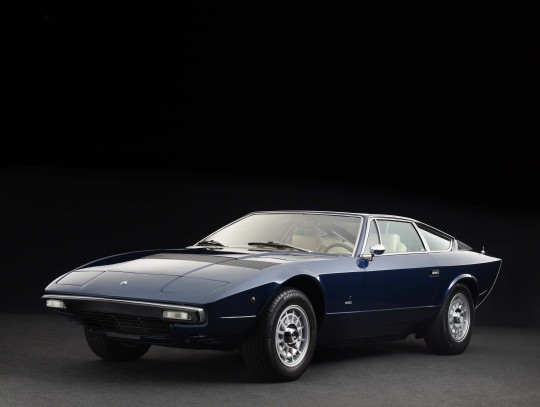

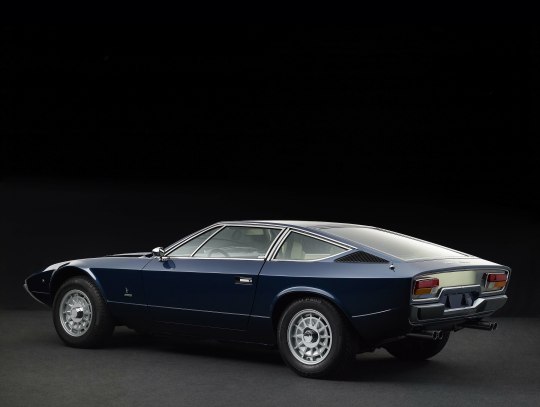

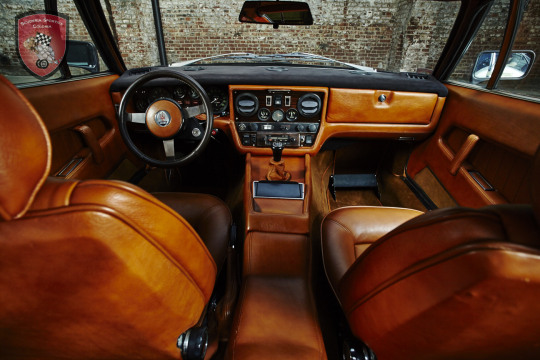
1972 Maserati Khamsin
My tumblr-blogs:
www.tumblr.com/germancarssince1946 & www.tumblr.com/frenchcarssince1946 & www.tumblr.com/englishcarssince1946 & www.tumblr.com/italiancarssince1946 & www.tumblr.com/japanesecarssince1947 & www.tumblr.com/uscarssince1935
21 notes
·
View notes
Photo
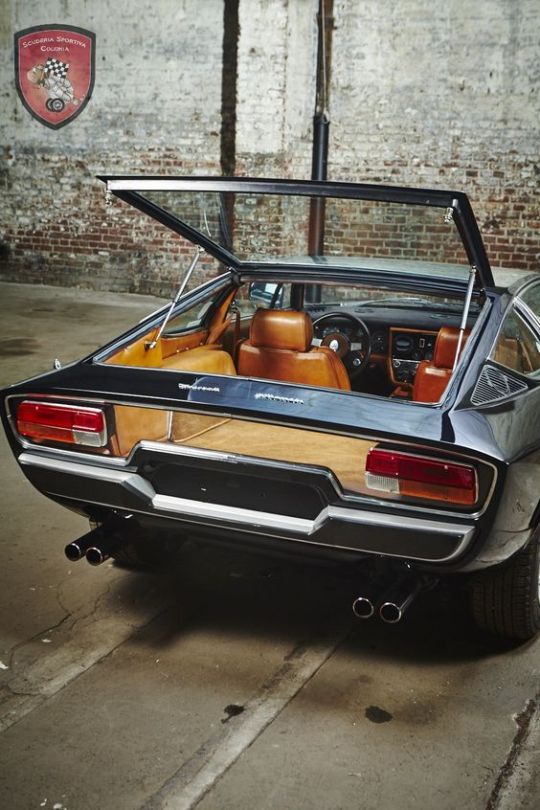
1975 Maserati Khamsin.
190 notes
·
View notes
Text



Maserati Khamsin
3 notes
·
View notes
Text






Maserati Khamsin coupé 1976. - source Amazing Classic Cars.
110 notes
·
View notes
Photo




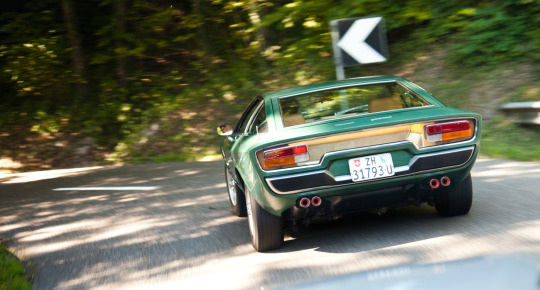
The Maserati Khamsin is a grand tourer produced by Italian automobile manufacturer Maserati between 1974 and 1982. The Khamsin was sold alongside the DeTomaso-based Maserati Kyalami — also a V8 2+2 GT car - between 1976 and 1982. Designed by Marcello Gandini, it was Bertone's first work for Maserati
269 notes
·
View notes
Text
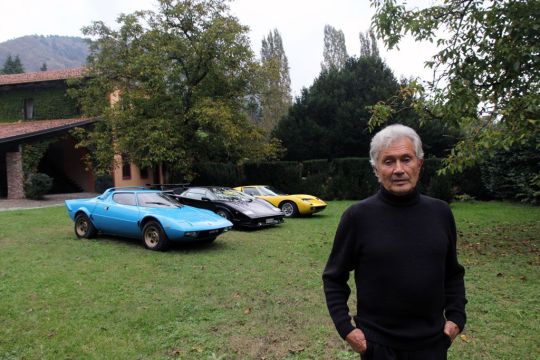
Marcello Gandini’s cars were made to stop the traffic. The Italian designer, who has died aged 85, created supercars for the super-rich, and such exotic machines as Lamborghini’s Miura and Countach, Alfa Romeo’s Montreal and Maserati’s Khamsin were guaranteed to draw crowds of admirers when parked outside the grand hotels of Monaco, Rome or London.
As the chief designer of the Bertone company, he also worked at the more modest end of the market, creating the little Autobianchi A112 and the original version of the Volkswagen Polo, and restyling the British Mini for the Italian Innocenti firm. For those wanting a miniature supercar, there was Fiat’s two-seater X1/9, a striking little wedge with its four-cylinder engine mounted transversely behind the cockpit, mimicking the location of the Miura’s mighty V12.
Gandini designed for the space age, renouncing the smooth curves that defined the aesthetic principles of his predecessors. To him the Miura, which first appeared in 1966 and which many consider the most breathtakingly beautiful car ever made, was a flawed compromise. “The audacity was made acceptable by the sweetness, by the flow of the design,” he said. “Nobody rejected the Miura. There was immediate consensus. Even more than it deserved. I was at the beginning of my career and I didn’t have enough autonomy to be able to do exactly what I wanted.”
The Countach, altogether more extreme, even outlandish, was closer to his ideal on its unveiling in 1974. Sightings on the streets of London gave rise to the rumour that the width of its huge tyres made it the only car in the world that could not be wheel-clamped by parking wardens.
“For me,” Gandini said, “it represented the dream. It took years before it was totally accepted. Some people liked it straight away, but most, including journalists, took a long time. So much so that it remained in production for 17 years.”
Born in Turin, Gandini was the son of a pharmacist who, after the arrival of five children, had abandoned his first career as a classical composer and conductor. It was hoped that Marcello would become a concert pianist. There were piano lessons from the age of four, continued when he went to a Salesian boarding school at eight. But as a child he dreamed of cars and when, during his days as a student, his parents gave him the money to buy a Latin textbook, instead he spent it on a book called Motori Endotermici (Endothermic Engines) by Dante Giacosa, the great designer of the highly successful prewar Fiat 500 “Topolino”and its 1950s successor, the ubiquitous Nuova 500. His course was set.
At the age of 25, Gandini approached the celebrated Turin coachbuilder Nuccio Bertone, who gave him a job in the design studio. Soon he would take over as the firm’s chief designer from the prolific Giorgetto Giugiaro, who had drawn up the Maserati Ghibli and various handsome Alfa Romeos before leaving to start his own business.
Sometimes Gandini seemed to exist in the realm of the “concept car”, prototypes that explored new ideas without restraint, displayed at motor shows in much the way that Parisian couturiers produce extreme designs for the catwalk. The four seats of the unique Lamborghini Marzal, for instance, were upholstered in silver leather, while its bodywork and fittings made use of a hexagonal motif. The famous vertically opening “scissor doors” of the Countach were first seen at the 1968 Paris Motor Show on Alfa Romeo’s one-off Carabo.
Gandini was said to be responsible for around 200 designs. Among them were two mid-engined classics of the 1970s, Ferrari’s Dino 308 GT4 and the Lancia Stratos. The dramatically wedge-shaped Lancia won the world rally championship three years in a row between 1974-76 in the hands of Sandro Munari and Bjorn Waldegaard, while Munari also won the Monte Carlo Rally three times in a Stratos.
A car, Gandini believed, was not a work of art – “but it has in common with art the ability to generate emotions”. He played down the significance of his innovations. “I didn’t invent penicillin,” he said. “These are just ideas that came to me.” After leaving Bertone in 1980 to set up his own studio, he worked on many projects, including industrial and interior design.
The father who had wanted him to become a classical pianist finally overcame his disappointment at Marcello’s choice of profession when he was taken for his first ride in a Miura. “Only then,” his son said, “did he understand that I knew how to make other notes sound – those of engines.”
Gandini is survived by his wife, Claudia, with whom he lived in a restored abbey at the foot of Monte Musinè, outside Turin, their son and daughter, Marco and Marzia, and three grandchildren, Lucrezia, Costanza and Pietro.
🔔 Marcello Gandini, car designer, born 26 August 1938; died 13 March 2024
Daily inspiration. Discover more photos at Just for Books…?
15 notes
·
View notes
Photo

‘82 Maserati Khamsin
4 notes
·
View notes
Photo

(Maserati Khamsinから)
YouTube https://www.youtube.com/@katsuOfficial
TikTok https://www.tiktok.com/@katsu_beat
instagram https://www.instagram.com/kermit71
1 note
·
View note
